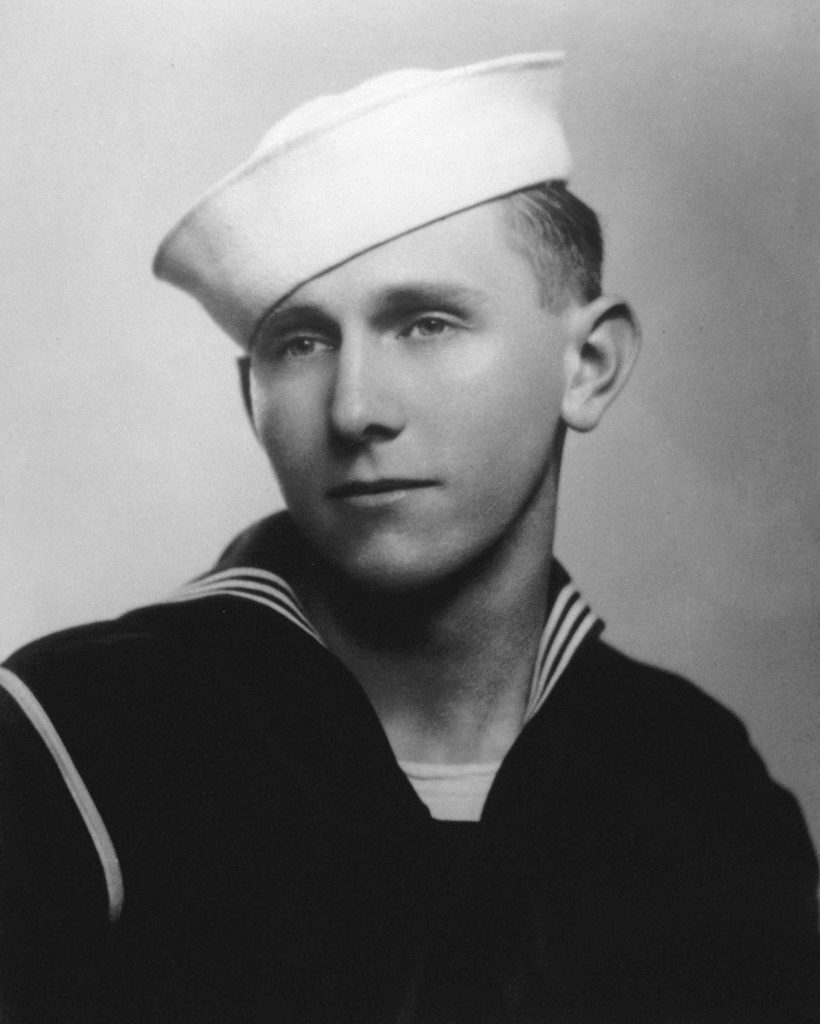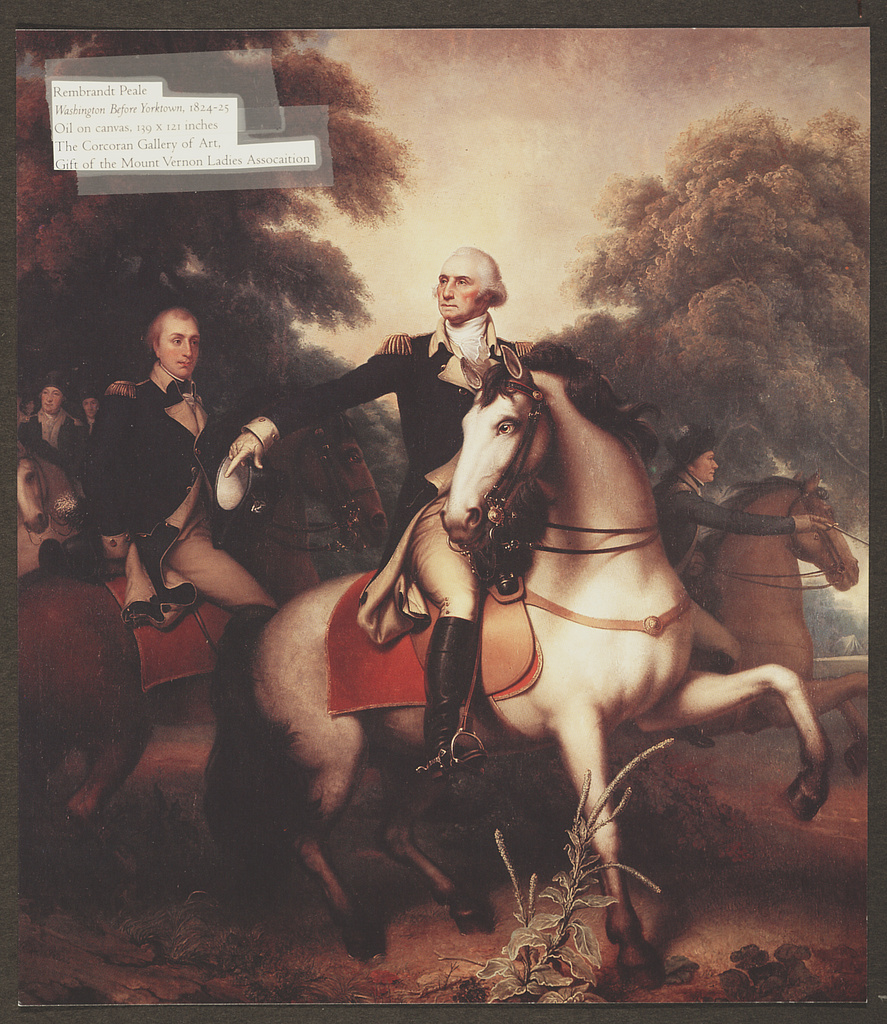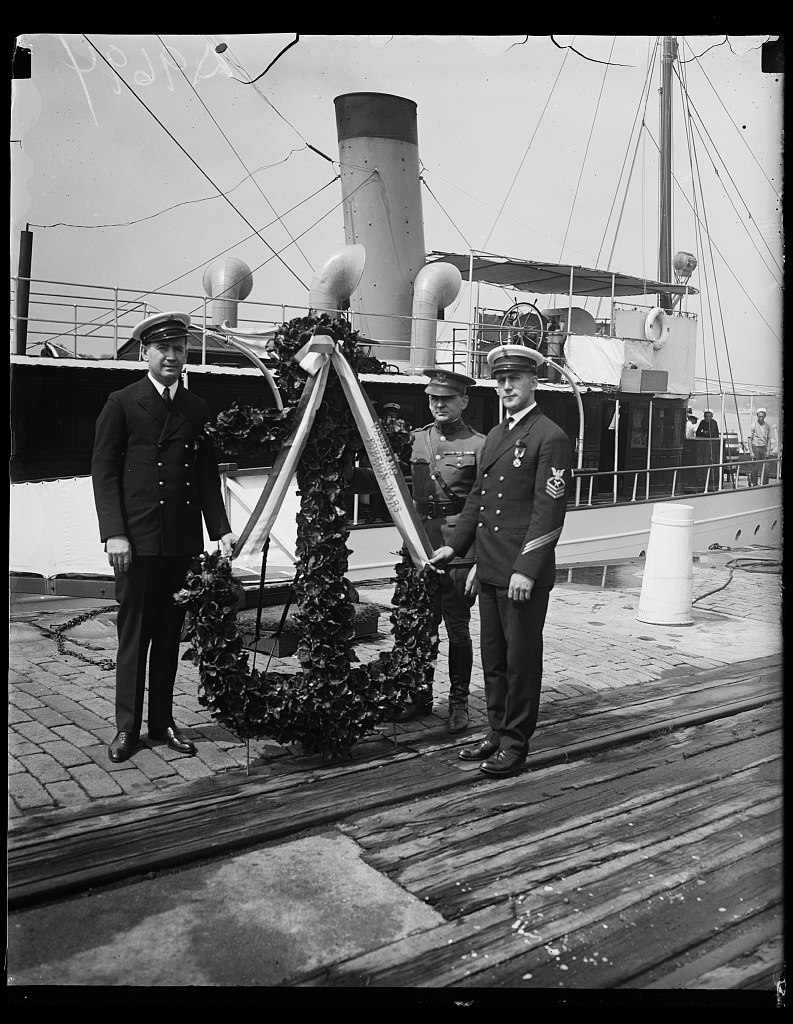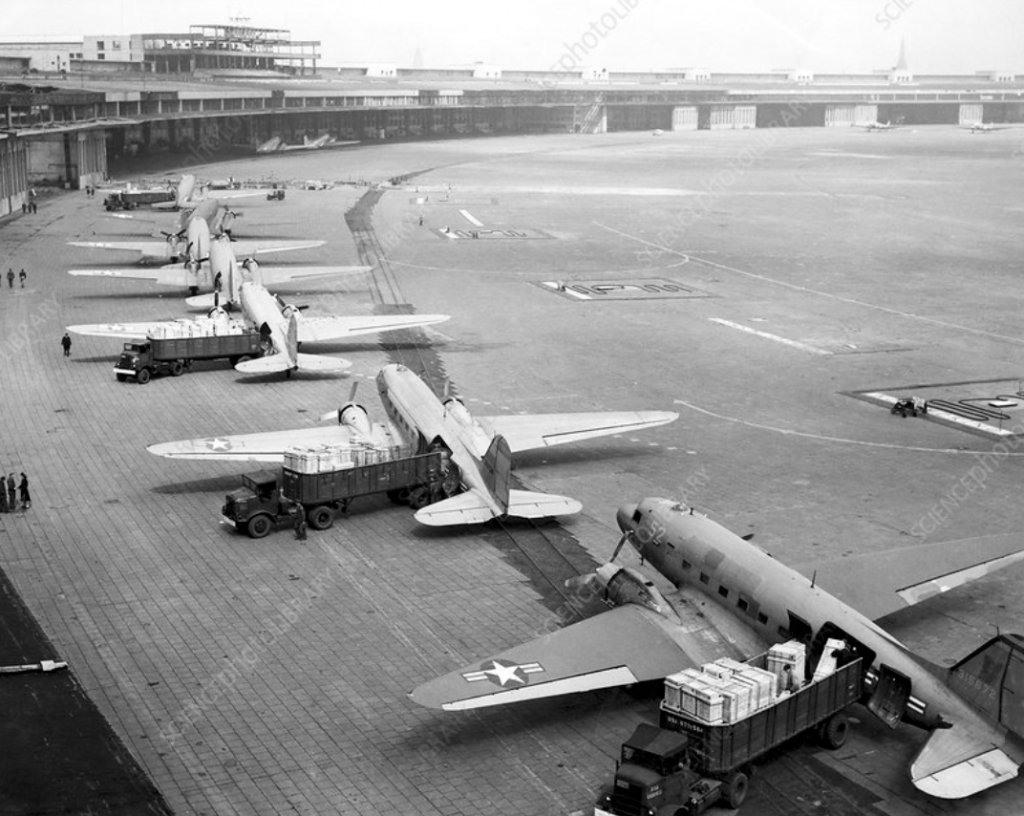
SEPTEMBER 27, 1942
Signalman 1st Class Douglas Munro, U.S. Coast Guard, saves hundreds, receives posthumous Medal of Honor
Douglas Munro had a passion for helping others and joined the U.S. Coast Guard in 1939. He served in both the Atlantic and Pacific prior to Operation Watchtower—the August 1942 U.S. invasion of Guadalcanal. This day, he was in charge of the Higgins boats landing Marines to drive back Japanese forces and make Henderson Field more secure for Allied air operations. The Marines ran into heavy enemy fire from entrenched Japanese forces at Point Cruz and called for emergency evacuation. Munro volunteered to lead the Higgins boats with nearly 500 Marines back under intense enemy fire. As he closed the beach, he signaled the others to land and then valiantly placed his craft, with its two small guns, as a shield between the beachhead and the Japanese. During the rescue, Munro was fatally wounded; his last words before he passed were, “Did they get off?” His crew, two of whom were wounded, carried on until the last boat had loaded and cleared the beach.
In May 1943, the Medal of Honor was presented to Munro’s parents, James and Edith, by President Franklin D. Roosevelt. Munro became the first and only U.S. Coast Guardsman to receive the Medal of Honor. Later that day, inspired by her son, Edith raised her hand, swore an oath, and joined the U.S. Coast Guard Women’s Corps to honor her son.

SEPTEMBER 28, 1781
American and French forces arrive at Yorktown for the final battle of the American Revolution
A joint American and French force led by General George Washington and Lt. General Comte de Rochambeau arrived at Yorktown at the start of the Battle of Yorktown, the final battle of the Revolutionary War. By 1781, both the British and American forces were looking for an opportunity to end the war which had continued to drain their resources and morale. With the aid of his French allies, Washington planned a strategic assault against the British in hopes that a victory at Yorktown would finally force Britain and other European nations to accept the United States of America as an independent nation.
The first step of the plan was to convince the British that Washington and his men were heading north to attack New York. Washington ordered his men to create large camps to fool the British into believing they intended to stay for an extended period. He then created battle plans for an attack on New York, which he purposefully allowed to fall into the hands of the British. With the trap laid, Washington and Rochambeau marched their men south. Upon their arrival, Washington ordered his forces to begin the siege of Yorktown by digging parallel trenches which would allow troops and artillery to be in range of the British forces led by General Charles Cornwallis. Unable to receive aid from the British because of the French fleet guarding the Chesapeake Bay, Cornwallis and his men were trapped between the two forces with no escape. The siege lasted for 20 days until October 17 when a British officer was sent to parley with the American and French forces. This defeat led to the signing of the Treaty of Paris in 1783.

SEPTEMBER 29, 1913
122nd Anniversary of the establishment of the American Veterans of Foreign Service
Today marks the 122nd anniversary of the establishment of the American Veterans of Foreign Service, later renamed the Veterans of Foreign Wars, by Veterans returning home from the Spanish-American War and the Philippine Insurrection. The Veterans of Foreign Wars serve as a voice for American Veterans across the U.S. From the time of its creation in 1913, members of the organization have worked towards a vision where all Veterans are treated with respect, receive benefits for their service and are recognized for the sacrifices they and their families have made for our country. Many of their noteworthy achievements include the passage of the World War Veterans Adjusted Compensation Act in 1924, the establishment of the National Home for Veterans’ Orphans in 1925 and the passage of an act that granted service members fighting in World War II immediate life insurance coverage. In 1944 and 2008, the Veterans of Foreign Wars and the American Legion were instrumental in the passage of two GI Bills of Rights. Today, the Veterans of Foreign Wars has nearly 1.5 million members who continue to work together to support and fight for one another.

SEPTEMBER 30, 1949
The Berlin Airlift – Officially halted after 277,264 flights
In June 1948, the Soviet Union blocked all ground traffic into West Berlin, leaving more than two million individuals living in there without food, clothing or medical supplies. Over the course of 15 months, 277,264 flights brought in more than two million tons of supplies costing over $224 million. At the height of the Berlin Airlift, one plane would reach West Berlin every 30 seconds. On September 30, 1949, the Berlin Blockade and Airlift officially ended when the last plane, a C-54, unloaded two tons of coal into West Berlin.
Before the blockade officially ended, the Western Allies created the North Atlantic Treaty Organization (NATO). This was a response to the “almost” war of the Berlin Airlift and stated that all countries who signed the treaty agreed to a collective defensive.



